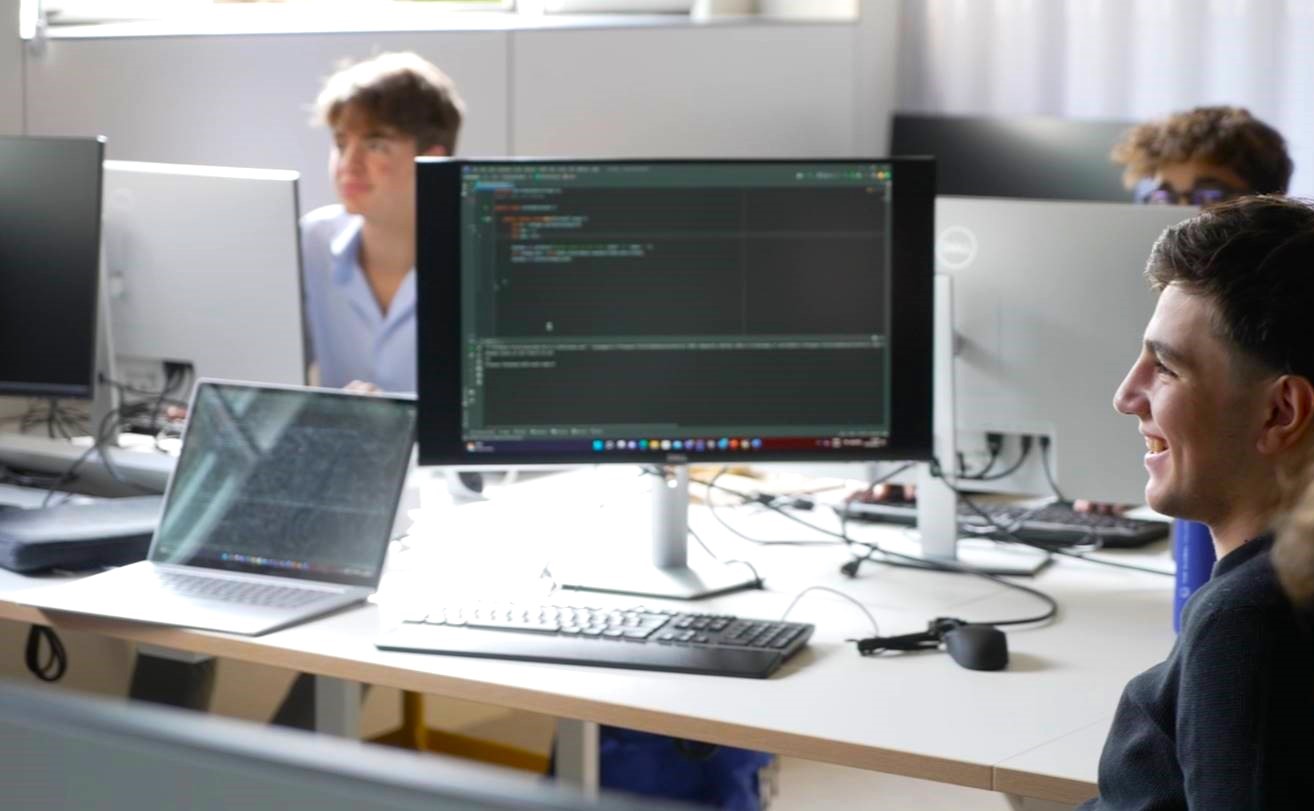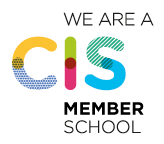Many of the high-demand jobs that exist today were created in the last 10 to 15 years, according to a study carried out by the International Society for Technology in Education. Technology is the main driver behind digitization in the workplace and globalization. Schools, colleges and universities across the world now have a responsibility to ensure technology and education go hand-in-hand, enabling students to gain the vital skills necessary to enter the workforce.
As the use of technology in the classroom has advanced in recent years, much discussion has been had about its importance. Aside from the benefits in equipping students with key skills, technology in education can increase student engagement, help teachers improve their lesson plans, and facilitate personalized learning. Virtual classrooms, the use of video, augmented reality (AR), robots, and other technology tools can make the classroom environment livelier, as well as create a more inclusive learning environment that fosters collaboration and inquisitiveness.
In this post, we interview Barry Cooper, Founding Principal at The Global College, about the importance of using technology for education.
Why is it important to use technology in teaching and in the classroom?
Technology is doubly important in schools in the twenty-first century. Firstly, it allows us to enhance the teaching in the classroom in ways we have never been able to do before. This could be as simple as creating online forums for contentious points of discussion, all the way to actual immersive VR helping students visualize elements of their course and study only previously visible in 2D.
The second element is that the use of technology gives students a view of an ever-changing technological landscape; giving them the confidence to yes, use the materials they have in front of them today; but to also adapt and quickly get used to the innovations we are seeing year on year.
We speak a lot about perspectives in education: technology is the great leveler in the classroom. Using different approaches allows us to connect students in meaningful ways with their subjects, demonstrate real world applications and give them the building blocks for study beyond school.
What are the advantages of using technology in education?
Where to start? Let’s define it first, what do we mean by technology? Essentially any new hardware, software or application that can enhance the classroom is new educational technology.
It can be as simple as access to a massive electronic library, online journals, curated materials designed for specific courses that provide ease of access and simply a time saver for students. It also allows the ability to teach remotely, to bring students together from different schools from across the world. This also means welcoming guest speakers into a morning classroom from the other side of the planet. Technology also makes engaging in a week-long debate in an online forum that students can pick up on their phone possible. It means immersive VR experiences and gamification, or video essays produced by pupils on a field trip simply using mobile devices and a laptop. And this is all just the tip of the iceberg.
Technology and education: Which technology is the biggest game changer?
The biggest historical game changer is the book. The printing press allowed us to share information and ideas like never before. The modern equivalent are the platforms and online libraries we use which connects us with the thoughts of historians, scientists, and philosophers all with the touch of a button.
Within the College, the most used tool will be our IB platform: managebac. This allows us to use a variety of different approaches. We can parcel up modules or case studies for the students; curate material, host debates and discussions and even receive and mark the students’ assignments. The ability to teach Computer Science is also a key win for the College. This enables students to take on what will become one of the most important skills for the coming century: the ability to work with machines. Having this subject and also coding for fun as part of our extra-curricular programme is another way of exploring that technological landscape and showing our students the real-world applications of their studies.




